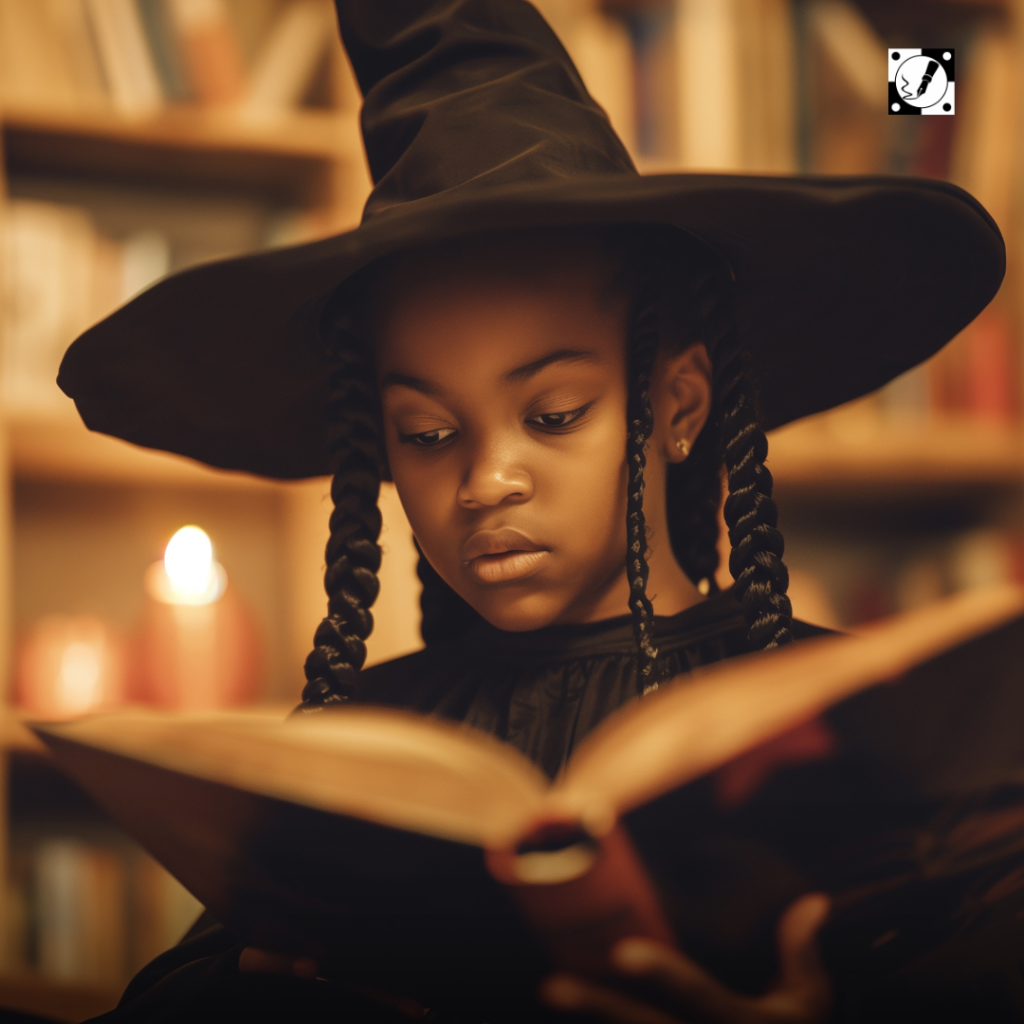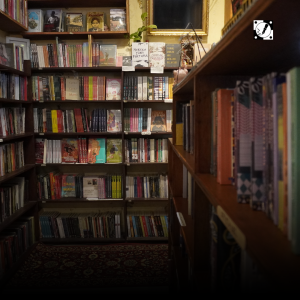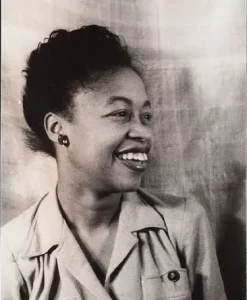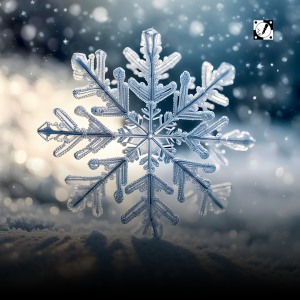Little Nightmares, Big Lessons: How Black YA and Children’s Authors Are Using Horror to Empower Young Readers
3 min read
The Evolution of Fear
For years, horror was treated as too dark, too violent, or too mature for young readers, especially in Black communities. But that is changing fast. A wave of brilliant Black authors is proving that horror does not have to harm; it can heal.
The monsters these writers create do not just haunt. They teach.
They show kids that courage is not the absence of fear, it is what you do after the lights go out.
From schoolyard bullies to systemic injustice, from grief to identity struggles, these stories invite readers to face what scares them and find power in the process.
What does it do for our young readers?
1. It builds emotional resilience.
Children’s horror introduces fear in a controlled space, on the page. By reading through tension, kids learn emotional regulation and problem-solving. They practice bravery safely.
2. It validates real fear.
Black kids grow up navigating fears adults often ignore, such as violence, racism, loss, and social pressure. Seeing those themes reframed through monsters or hauntings helps them name what is real.
3. It connects them to culture.
Many Black authors pull from ancestral folklore, Caribbean legends, or Southern gothic roots. That cultural grounding transforms horror into heritage.
4. It celebrates survival.
In these stories, the Black girl does not die first; she saves the day. Representation matters, especially when it turns fear into fuel.
The Authors Redefining Young Horror
Tracey Baptiste – The Jumbies
Baptiste’s Caribbean-inspired middle-grade series is a masterclass in cultural horror. Drawing on folklore from Trinidad and Tobago, she reimagines the “jumbies,” spirits who lurk in the forest, as mirrors for human fear and courage. Her young heroine, Corinne, faces darkness armed with curiosity, not cowardice.
Claribel A. Ortega – Ghost Squad
A playful, heartwarming ghost story that never talks down to kids. Ortega’s Dominican roots shine through, weaving Latinx identity, friendship, and grief into a ghostly adventure full of warmth.
Tiffany D. Jackson – The Weight of Blood
A reimagining of Carrie that unpacks racial trauma and bullying in a small town. Jackson’s horror for teens blends psychological terror with commentary on social hierarchies and inherited pain.
Lamar Giles – The Getaway
Set in a luxury resort where the staff slowly realize they are trapped, Giles’s novel is a social horror for teens that exposes the horror of class division and exploitation. It is Get Out meets The Hunger Games.
Kalynn Bayron – You’re Not Supposed to Die Tonight
Bayron delivers a queer slasher that feels both nostalgic and new. She plays with 80s horror aesthetics while centering a Black queer teen heroine who refuses to be expendable.
Justina Ireland – Dread Nation
In a world where the Civil War ended because the dead rose from the battlefield, Ireland uses zombies to explore history, race, and agency. Smart, savage, and socially charged.
Desiree S. Evans & Saraciea J. Fennell – The Black Girl Survives in This One
This anthology of short stories by Black women horror authors flips the script: the Black girl does not die; she thrives. It is a love letter to survival, self-knowledge, and sisterhood.
Beyond the Scare: Building Bravery and Belonging
For young readers, especially those from marginalized backgrounds, these stories do more than frighten. They affirm that their fears are valid, their stories are worthy, and their survival is powerful.
Each of these books transforms fear into a lesson:
- Fear can sharpen awareness.
- Horror can carry history.
- Monsters can be metaphors for injustice and still be beaten.
When kids see themselves as heroes in scary stories, they do not just face ghosts. They learn to face life.







